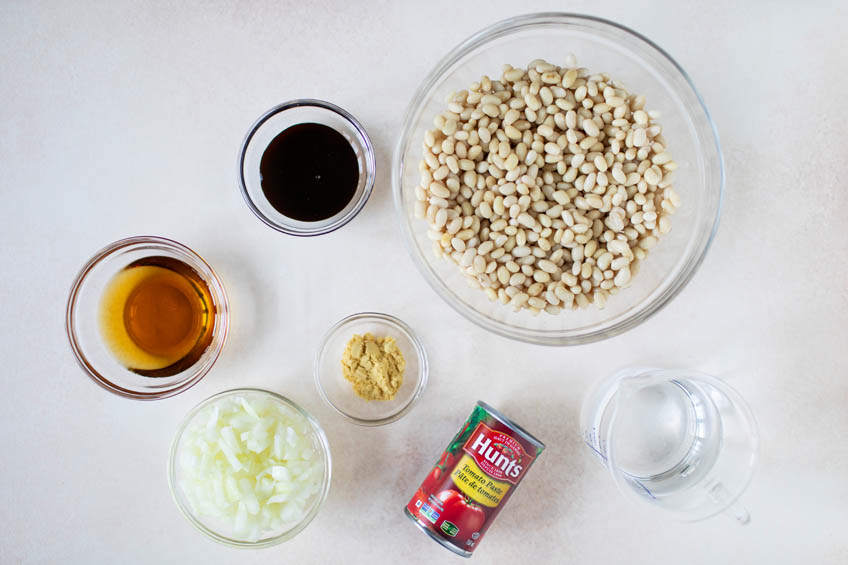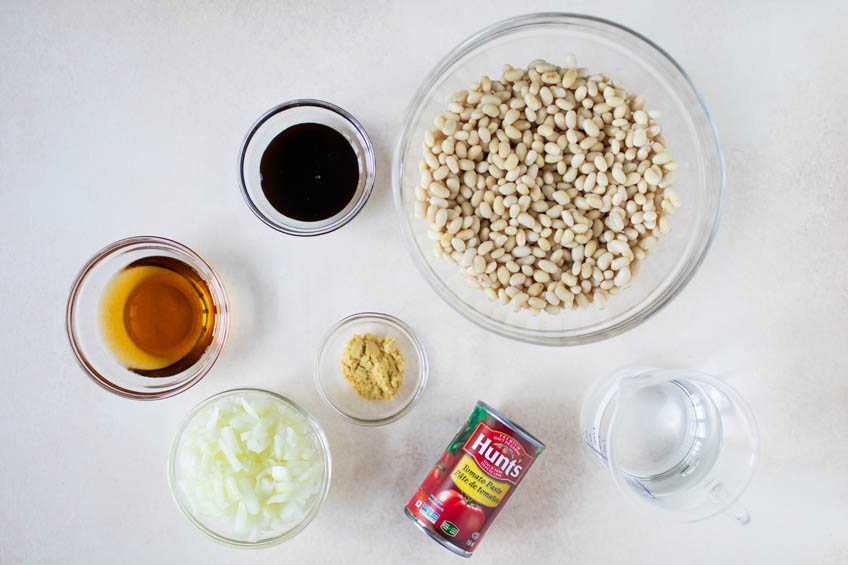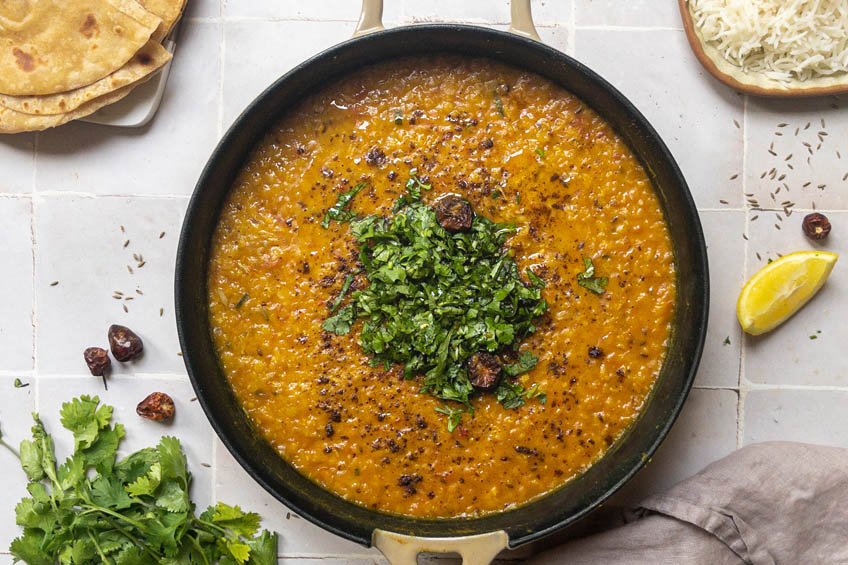
With the average price of groceries rising (and expected to continue rising over the coming months), many Canadian families have been taking stock of their pantries. Making savvy swaps to reduce your grocery bill doesn’t have to mean sacrificing food quality, however. These three tips will offer choices so that you can get the most out of your ingredients but still cook dishes you’re proud to serve at any table.

Think green
Although people choose to reduce their meat consumption for a variety of reasons, shopping the produce aisle can often net some savings when it comes to entrees. If you’re missing the chew of meat, however, that meaty texture can be produced through a number of easy swaps. Roast or sauté mushrooms until the liquid sweats out and then reabsorbs for a golden brown and deeply savoury sear. Treated the same way, eggplant can also play double duty to provide a heftier mouthfeel, as can parsnips, or turnips.
For pantry staples, take a cue from a wide variety of cultures and incorporate chewy lentils, creamy white beans or hearty chickpeas into your routine. Dried legumes are inexpensive, expand exponentially and have a long shelf life, making them perfect for winter days when it is too cold to go to the store.
Try using rice in this simple and warming congee recipe.

Play with contrasts
When it comes to adding interest to dishes, the priciest ingredient isn’t always the best or only option. Instead of pricey Parmigiano Reggiano on your pasta, try a panagrattato, which combines the crunch of inexpensive toasted bread crumbs and savoury elements such as anchovies to mimic the umami notes of the cheese. Pieces of day-old bread also make terrific croutons when toasted in a pan with some garlic butter, and much fresher and cheaper than store bought options.
Related: Ree Drummond’s Best Budget-Friendly Dishes
In the pantry, nuts and seeds are easy, last-minute toppings for casseroles or soups, and a little goes a long way when they are roasted and crushed. Dried pasta and rice can be used to bulk out dishes to stretch ingredients further, and can also be purchased on sale and stored.
Try these Fast and Cheap Pantry Dinners That Still Feel Fresh

Buy big and go home
Instead of buying precut pieces of meat, it’s often more economical to look at larger cuts that can be portioned out in different ways: a bigger beef roast can be cut into thick steaks for searing or grilling, sliced thinly for stir fries or even finely hand chopped for burgers. For those with significant freezer space, there’s also always the option of buying a share of a whole animal at local butchers or co-ops.
Related: Quiz: Tell Us What You’re Craving for Dinner, and We’ll Tell You How to Make It on a Budget
Learning to break a whole chicken down into useable pieces (a snap with kitchen shears) is a skill that will serve you well at the dinner table when carving, and at the cash register when shopping. An added bonus: you’ll get all the bones you want for soups and stocks, a basis for yet more meals to come. Divide items into meal-sized portions in sealable bags with the marinade of your choice and label them carefully, and you’ll have a freezer stocked full of future dinners in no time.
Check out these Healthy Meal Prep Ideas.
Tune into Big Bad Budget Battle, Wednesdays at 10 p.m ET/PT on Food Network Canada. Also Available on the Global TV App and STACKTV with Amazon Prime Video Channels, fuboTV, Rogers Ignite TV and Ignite SmartStream.
